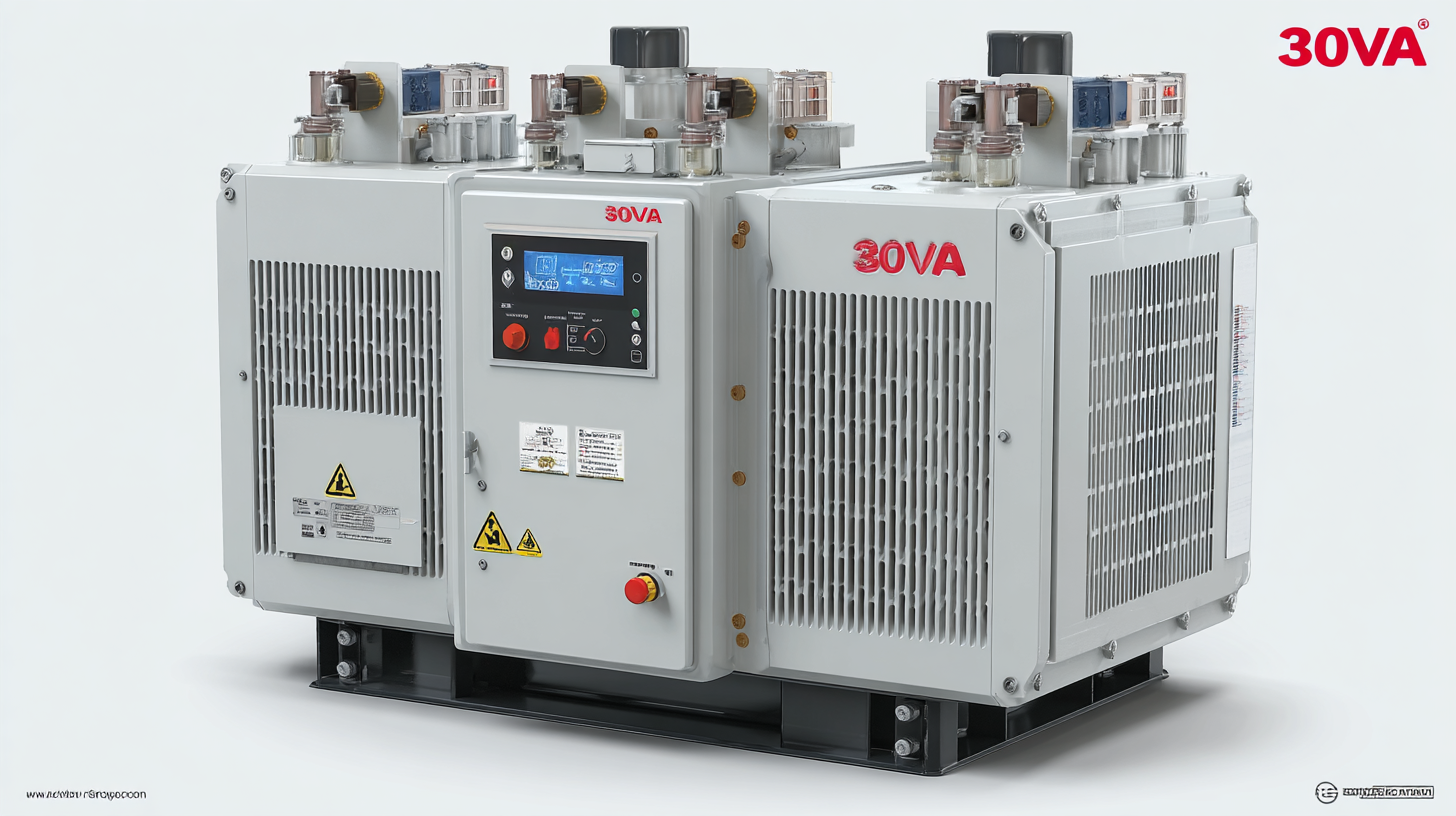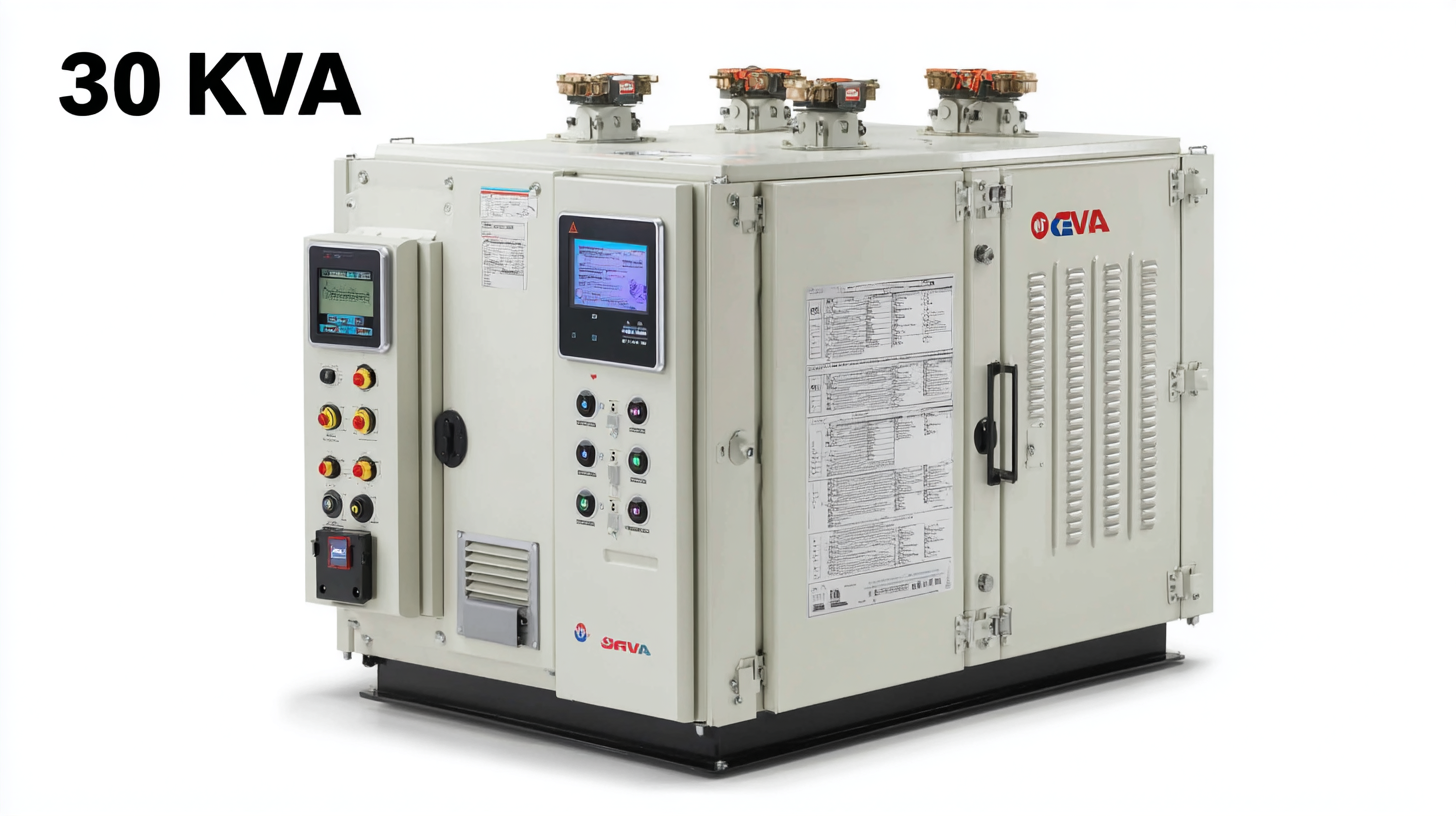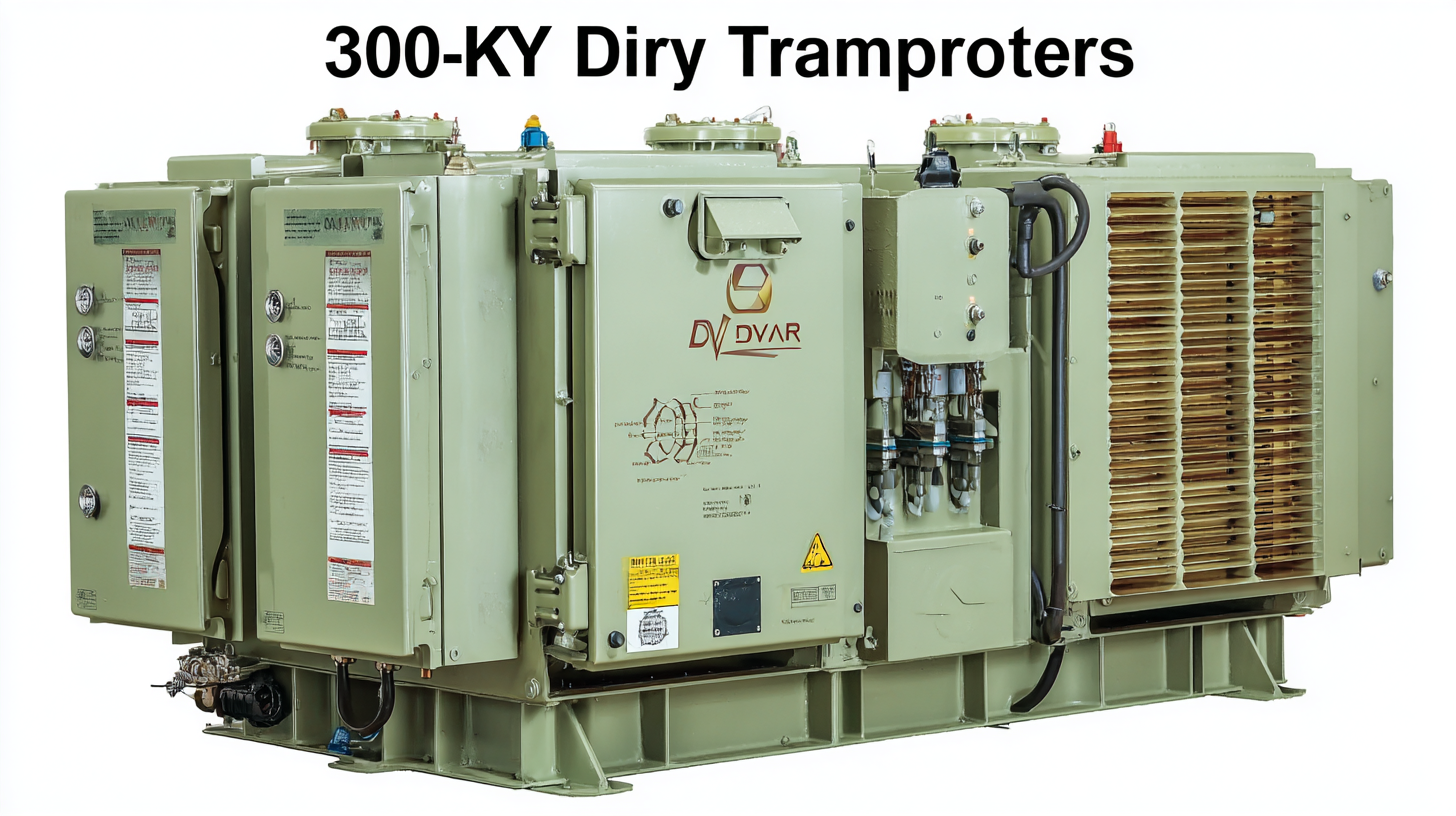

In today's rapidly evolving energy landscape, the demand for efficient and reliable power solutions has never been more critical. The 30kva Dry Transformer has emerged as a cornerstone in various sectors, providing a robust solution for power distribution needs. According to the latest industry reports, the global transformer market is projected to reach USD 90 billion by 2027, with dry-type transformers accounting for a significant segment due to their enhanced safety and efficiency features. Furthermore, the increasing emphasis on energy conservation and the reduction of carbon footprint is driving industries to adopt dry transformers, particularly in urban settings where space constraints and environmental compliance are paramount. As we delve into the ultimate guide for choosing the best 30kva Dry Transformer, we will explore the integral factors to consider, ensuring your power demands are met with excellence and reliability, backed by world-class manufacturing from leading Chinese factories known for their unparalleled craftsmanship.

When selecting a 30kVA dry transformer for your power needs, it is crucial to consider several key factors to ensure optimal performance and reliability. First, assess the voltage requirements of your application, as transformers are designed to operate within specific voltage ranges. Understanding whether your system needs a step-up or step-down transformer will guide you in making the right choice. Additionally, consider the load characteristics; the transformer should be capable of handling the maximum expected load without overheating, which is particularly important in commercial and industrial settings.
Another vital aspect to evaluate is the cooling method. Dry transformers, unlike oil-filled ones, rely on air for cooling and are generally more environmentally friendly and safer. It’s important to choose a transformer with adequate ventilation to maintain performance and prevent energy loss.
Finally, review the manufacturer’s reputation and the warranty offered. A reliable supplier not only provides high-quality equipment but also ensures availability of parts and customer support, which is essential for long-term operation. By focusing on these key factors, you can select a 30kVA dry transformer that will meet your specific power requirements effectively.
When it comes to optimizing power applications, understanding the advantages of dry transformers is crucial. Dry transformers, also known as dry-type transformers, are renowned for their efficiency and safety in various environments. Unlike oil-filled transformers, dry transformers use air as a cooling medium, which significantly reduces the risk of fire and environmental pollutants. They are ideal for indoor installations where space is limited and safety is paramount, making them a preferred choice in commercial buildings and industrial applications.
**Tip:** When selecting a dry transformer, consider the ambient conditions of your installation site. Ensure that the transformer’s cooling capabilities match the temperature fluctuations of the environment to maintain optimal performance.
Another significant advantage of dry transformers is their lower maintenance requirements. Since they do not rely on oil for insulation, the risks associated with leaks and spills are eliminated. Additionally, their robust construction ensures longevity and reliability. This translates to lower lifetime costs and less downtime, contributing to a more efficient power delivery system.
**Tip:** Regularly check the ventilation around your dry transformer. Adequate airflow is vital to prevent overheating, ensuring that your transformer operates efficiently and extends its service life.

When selecting a 30 kVA dry transformer from Chinese manufacturers, quality assurance is paramount. The rise of intelligent quality prediction and diagnostics frameworks in manufacturing demonstrates a shift towards data-driven processes, enhancing the quality control of electrical components like transformers. Reports indicate that the global transformer market is projected to grow significantly, driven by increasing demand for energy-efficient solutions. Chinese manufacturers are capitalizing on advancements in artificial intelligence (AI) to ensure their products meet international standards.
To effectively evaluate the quality of transformers, consider these tips: First, request detailed technical specifications and certifications from the manufacturer. This documentation should include adherence to international quality standards. Second, analyze the manufacturer's production processes; those utilizing AI-driven frameworks can potentially offer better precision and reliability. Lastly, examine customer feedback and industry reports, as they often provide valuable insights into performance and durability.
By following these guidelines and keeping abreast of technological advancements, you can make informed choices when selecting a high-quality dry transformer that meets your power needs.
| Specification | Value |
|---|---|
| Power Rating | 30 kVA |
| Type | Dry-Type Transformer |
| Cooling Method | Natural Air Cooling |
| Voltage Rating | Primary: 400V / Secondary: 230V |
| Efficiency | ≥ 98.5% |
| Insulation Class | F (155°C) |
| Noise Level | < 55 dB |
| Weight | Approx. 400 kg |
| Temperature Rise | < 65°C |
| Warranty Period | 5 Years |
When it comes to ensuring the optimal performance of your 30kVA dry transformer, proper installation and maintenance are paramount. To begin with, selecting an appropriate location for installation is crucial. The area should be well-ventilated, away from heavy machinery, and free from any potential hazards. It's advisable to install the transformer on a sturdy and level foundation to minimize vibrations, which can lead to premature wear. Additionally, ensure that all electrical connections comply with local codes and standards to enhance safety and efficiency.
Regular maintenance is equally important to prolong the lifespan of your dry transformer. Schedule routine inspections to check for any signs of wear, such as insulation degradation or overheating. Cleaning the transformer’s exterior and keeping ventilation pathways clear can prevent dust and debris buildup. Furthermore, it's essential to maintain proper operating temperatures; overheating can be detrimental to performance. Implementing a monitoring system can provide real-time data on the transformer’s condition, allowing for proactive measures to be taken before issues escalate. By adhering to these best practices, you can significantly enhance the reliability and efficiency of your 30kVA dry transformer, ensuring it meets your power needs effectively.
 When selecting a transformer for your power needs, understanding the differences between a 30kVA dry transformer and other transformer types is crucial. Dry transformers utilize air as the cooling medium, making them ideal for environments where moisture could be a concern. In contrast, oil-immersed transformers may offer higher efficiency and better heat dissipation, but they also come with increased safety risks and maintenance issues. Evaluating your specific environment and power requirements will guide you toward the best choice.
When selecting a transformer for your power needs, understanding the differences between a 30kVA dry transformer and other transformer types is crucial. Dry transformers utilize air as the cooling medium, making them ideal for environments where moisture could be a concern. In contrast, oil-immersed transformers may offer higher efficiency and better heat dissipation, but they also come with increased safety risks and maintenance issues. Evaluating your specific environment and power requirements will guide you toward the best choice.
Tips: When considering your options, always assess the installation environment. If the space is prone to moisture, a dry transformer is a safer alternative. Additionally, think about the future scalability of your power system. A 30kVA dry transformer provides a solid foundation, but if you anticipate growth, compare its load capacities with larger models. Lastly, consider the noise levels; dry transformers tend to operate more quietly than their oil counterparts, which could be an important factor for residential applications.
Ultimately, the choice between a 30kVA dry transformer and other transformer types revolves around safety, efficiency, and maintenance. By weighing these factors carefully and staying informed about the latest technologies, you can make a sound investment that meets your power needs effectively.